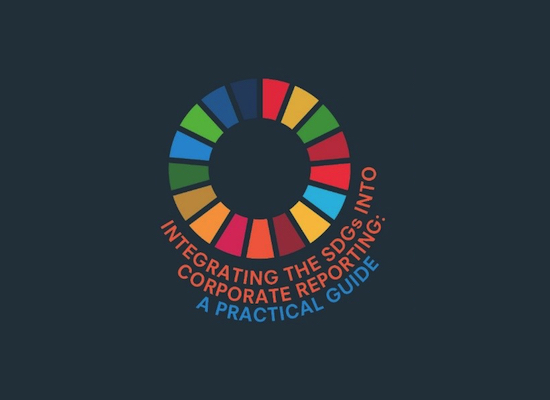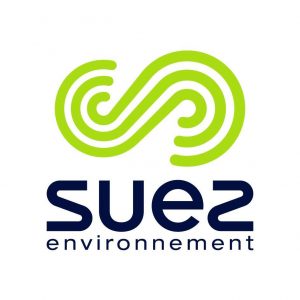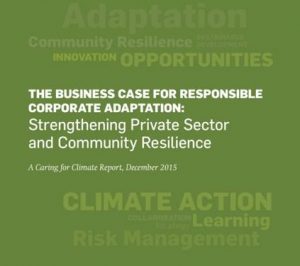Primary Functions
- Outlines a three-step process to embed the SDGs in existing business and reporting processes.
Detailed Description
This Practical Guide does not create a new reporting framework. Rather, it outlines a three-step process to embed the SDGs in existing business and reporting processes.
Step 1 addresses the process of prioritization of impacts and the identification of SDGs for a company to act and report on. Step 2 looks at how to set business objectives, select disclosures and analyze performance. Step 3 offers tips and guidance on reporting and improving SDG performance. These steps are not necessarily meant to be sequential; they can be adapted to specific circumstances.
The guide aims to provide guidance for all businesses, regardless of size, sector or operating location. It targets reporting practitioners specifically, but is also relevant for other professionals involved in corporate sustainability.
The guide builds on earlier work, in particular the SDG Compass developed by the UN Global Compact, GRI and the World Business Council for Sustainable Development (WBCSD), which offers a starting point for companies approaching the SDGs, including resources. It provides a more detailed approach to defining priorities.
The guide and the publication Business Reporting on the SDGs: An Analysis of the Goals and Targets (the Analysis) are meant to be used together as part of a company’s regular reporting cycle. The Analysis, among other things, lists qualitative and quantitative disclosures for SDG targets that are likely to be relevant to businesses regardless of size, sector or operating location. It also lists illustrative actions that businesses can take to contribute to the achievement of each target. The publication In Focus: Addressing Investors Needs in Business Reporting on the SDGs provides additional information about investor-relevant aspects.





